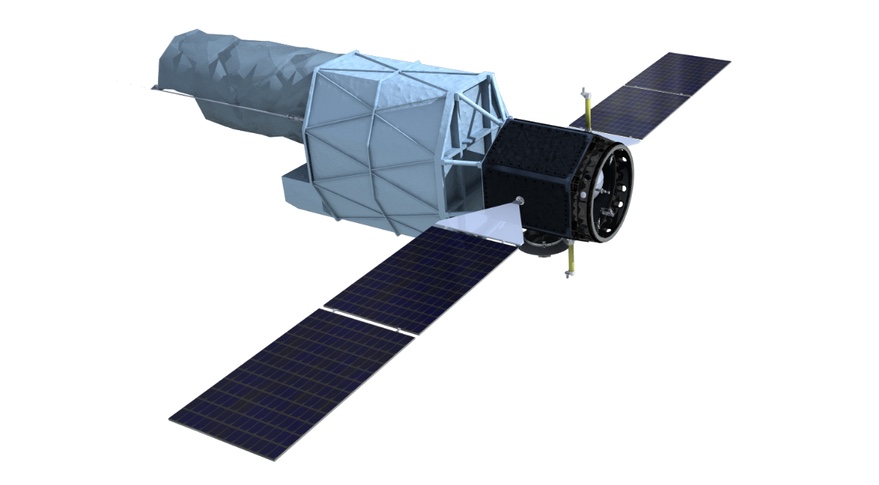On August 18, NASA announced the allocation of funding for the preliminary development of four concepts of astrophysical missions. In the future, two of them will be selected for implementation.

Two of the four funded projects are being developed under the MIDEX (Medium Explorer) program. The first is called STAR-X (Survey and Time-domain Astrophysical Research Explorer) and involves the launch of a wide-angle X-ray telescope and an ultraviolet telescope to study supernova outbreaks, black hole activity and the evolution of massive galaxies. The second project is designated UVEX (Ultraviolet Explorer). Its goal is to create an ultraviolet telescope that will study the evolution of stars and galaxies. It will also look for radiation associated with events in which the formation of gravitational waves occurs.
Two other smaller projects are being developed independently of the MIDEX program. One of them involves installing a LEAP polarimeter (Large Area Burst Polarimeter). It will do research on gamma-ray bursts. The second concept, called MoonBEAM (Moon Burst Energetics All-sky Monitor), provides for the launch of a satellite that will search for sources of gamma-ray bursts. The device will operate in a circumlunar orbit.
After studying the concepts, NASA will select one of the projects under the MIDEX program and one of the two remaining projects for further implementation. The first one will receive a 300-million budget and will be ready for launch in 2028. The second one will receive an 80-million budget and should be ready by 2027.
These plans may be hindered by the expected reduction in NASA’s budget for astrophysical research, which is why the organization will have to postpone the dates of a number of missions and reduce their funding. The MIDEX program is under particularly great threat. Nevertheless, NASA hopes to cope with the situation and find a way to implement new projects without significant delays.
According to https://spacenews.com
Follow us on Twitter to get the most interesting space news in time
https://twitter.com/ust_magazine
